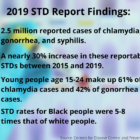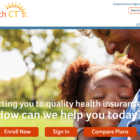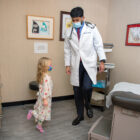I-Team In-Depth
Women Of Color Overrepresented In Domestic Violence Arrests, Data Show
|
Black and Hispanic women make up about 25% of the state’s female population but represent about 53% of domestic violence arrest cases for adult females in 2020, Judicial Branch data show. It’s a disparity that is playing out in courtrooms across the state, according to public defenders who contend that Black and brown women often face harsher penalties and longer court proceedings to gain a favorable outcome. “This is real, it is very real,” said Jassette Henry, a senior assistant public defender in New Britain and a tri-chair of the Racial Justice and Cultural Competency Committee within the state’s Division of Public Defender Services. “The question is, what are we going to do about it?”
“Black people are overrepresented in arrests,” Henry said. “It’s not surprising that Black women are getting arrested in a domestic violence incident at a higher rate.









